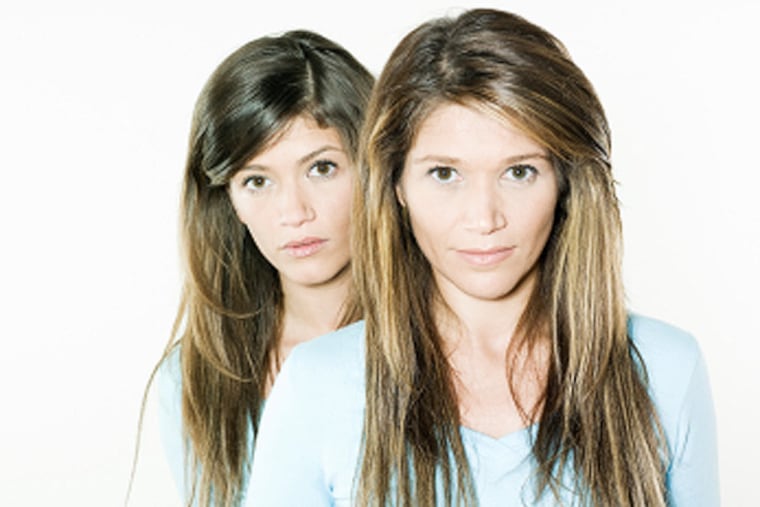What the face says
A conference at Penn looks at looks, and how appearance nearly defines who we imagine ourselves to be and how others react to us.

A conference at Penn looks at looks, and how appearance nearly defines who we imagine ourselves to be and how others react to us.
